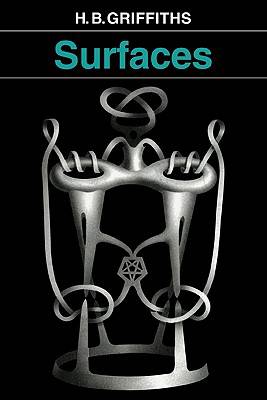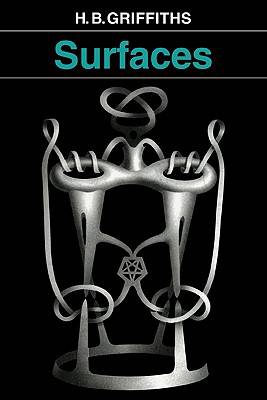
- Afhalen na 1 uur in een winkel met voorraad
- Gratis thuislevering in België vanaf € 30
- Ruim aanbod met 7 miljoen producten
- Afhalen na 1 uur in een winkel met voorraad
- Gratis thuislevering in België vanaf € 30
- Ruim aanbod met 7 miljoen producten
Zoeken
Omschrijving
Mathematicians have developed the language of topology; but the conventional development leaves until last the discussion and ideas about shapes, so those who have not mastered the initial ideas of analysis and general topology are barred from participation by a rigid formalism. This book, first published in 1976, adopts a different approach, developing a language close to that of ordinary discourse. It is intended to encourage readers of varying backgrounds, but especially students, to think spatially. The text is well illustrated, with toned drawings creating three-dimensional effects where appropriate, and there are abundant exercises. Useful appendices accompany the text, providing hints and solutions to these exercises and also a sketch of how the treatment can be modelled within a conventional topology course for more advanced students. The book can be regarded as an example of the emerging discipline of mathematics education, as well as being about surfaces.
Specificaties
Betrokkenen
- Auteur(s):
- Uitgeverij:
Inhoud
- Aantal bladzijden:
- 144
- Taal:
- Engels
Eigenschappen
- Productcode (EAN):
- 9780521299770
- Verschijningsdatum:
- 30/06/1981
- Uitvoering:
- Paperback
- Formaat:
- Trade paperback (VS)
- Afmetingen:
- 152 mm x 229 mm
- Gewicht:
- 222 g

Alleen bij Standaard Boekhandel
+ 158 punten op je klantenkaart van Standaard Boekhandel
Beoordelingen
We publiceren alleen reviews die voldoen aan de voorwaarden voor reviews. Bekijk onze voorwaarden voor reviews.











